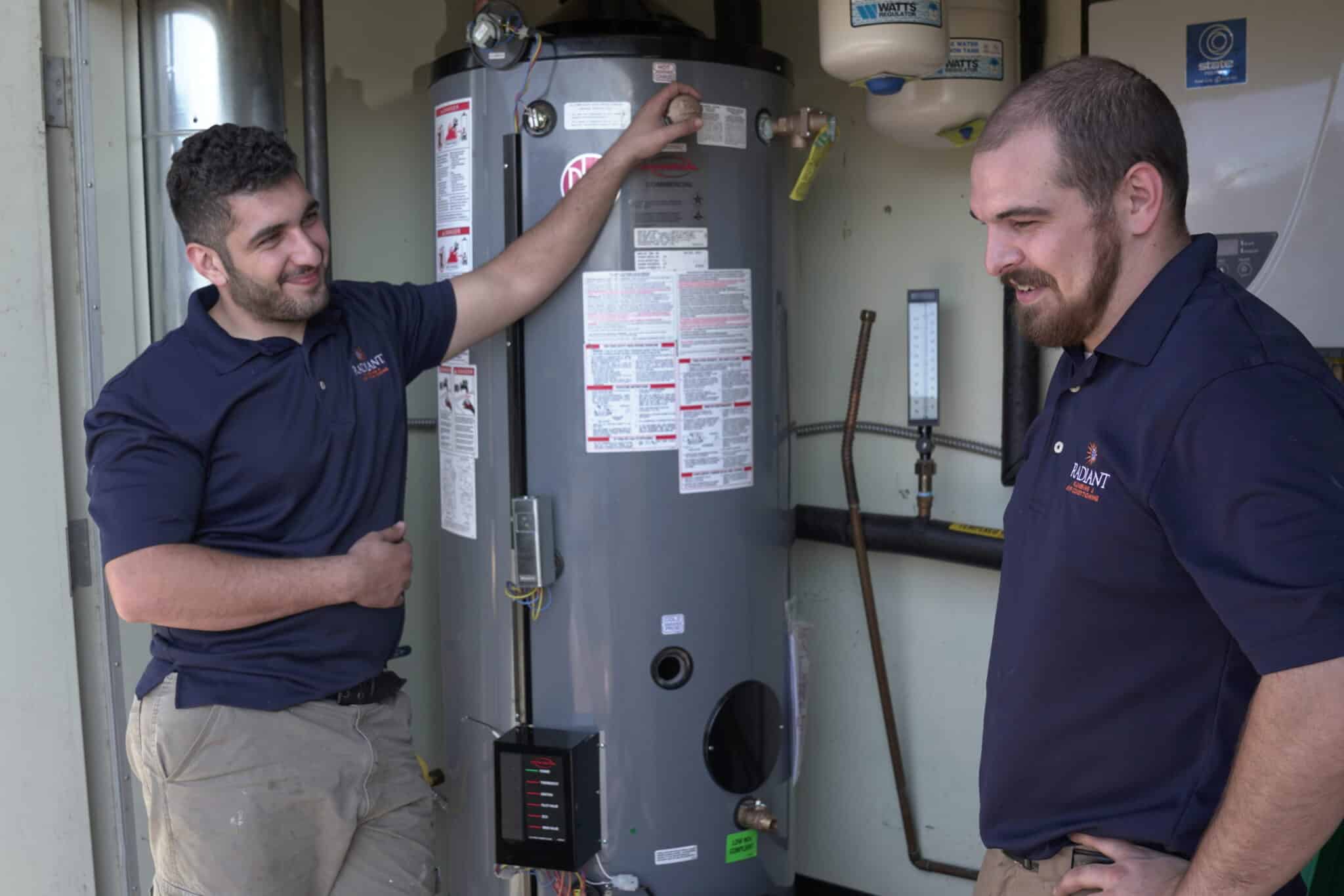Steps to Effectively Maintain Your Home's Hot Water System
Steps to Effectively Maintain Your Home's Hot Water System
Blog Article
They are making several great points on Water Heater Maintenance Tips You Can't Afford to Forget in general in the content just below.

Warm water is necessary for everyday convenience, whether it's for a refreshing shower or cleaning recipes. To ensure your hot water system runs successfully and lasts much longer, normal upkeep is vital. This short article gives practical ideas and insights on how to maintain your home's warm water system to stay clear of disturbances and pricey repair work.
Introduction
Maintaining your home's hot water system might seem complicated, however with a few basic actions, you can guarantee it operates smoothly for many years to come. This guide covers whatever from comprehending your warm water system to DIY upkeep suggestions and knowing when to call specialist assistance.
Value of Preserving Your Warm Water System
Regular maintenance not just prolongs the lifespan of your hot water system however also guarantees it runs effectively. Disregarding maintenance can cause reduced effectiveness, greater energy costs, and even premature failure of the system.
Indications Your Hot Water System Demands Maintenance
Recognizing when your hot water system requires attention can protect against significant problems. Look out for signs such as irregular water temperature level, unusual noises from the heater, or rusty water.
Recognizing Your Warm Water System
Prior to diving into upkeep tasks, it's helpful to understand the standard elements of your warm water system. Generally, this consists of the hot water heater itself, pipes, anode poles, and temperature level controls.
Regular Monthly Upkeep Tasks
Normal regular monthly checks can assist capture minor problems prior to they intensify.
Flushing the Water Heater
Purging your hot water heater eliminates debris buildup, improving effectiveness and extending its life.
Checking and Replacing Anode Rods
Anode poles stop deterioration inside the tank. Examining and replacing them when worn is vital.
Evaluating and Changing Temperature Level Setups
Changing the temperature settings makes certain optimum performance and security.
Do It Yourself Tips for Upkeep
You can do several upkeep jobs yourself to maintain your warm water system in top problem.
Checking for Leakages
Frequently check pipes and connections for leaks, as these can result in water damage and greater costs.
Evaluating Stress Relief Valves
Evaluating the pressure safety valve guarantees it operates appropriately and stops extreme stress buildup.
Insulating Pipelines
Insulating hot water pipelines lowers heat loss and can save energy.
When to Call a Professional
While DIY maintenance is valuable, some problems need expert know-how.
Facility Issues Requiring Professional Help
Examples consist of significant leaks, electric troubles, or if your water heater is regularly underperforming.
Regular Specialist Upkeep Advantages
Expert maintenance can consist of complete inspections, tune-ups, and ensuring compliance with safety standards.
Verdict
Normal upkeep of your home's hot water system is crucial for effectiveness, durability, and cost financial savings. By complying with these suggestions and understanding when to seek professional aid, you can ensure a trusted supply of hot water without unanticipated interruptions.
How to Maintain an Instant Hot Water Heater
Before tinkering with your hot water heater, make sure that it’s not powered on. You also have to turn off the main circuit breaker and shut off the main gas line to prevent accidents. Also turn off the water valves connected to your unit to prevent water from flowing into and out of the appliance. 2. When you’re done, you have to detach the purge valves’ caps. These look like the letter “T†and are situated on either side of the water valves. Doing so will release any pressure that has accumulated inside the valves while at the same time avoid hot water from shooting out and burning your skin. 3. When the purge valves’ caps are removed, you have to connect your hosing lines to the valves. Your unit should have come with three hoses but if it didn’t, you can purchase these things from any hardware or home repair shops. You can also get them from retail stores that sell water heating systems. Read the user’s manual and follow it to complete this task properly. When the hosing lines are connected, open the purge port’s valves. 4. You should never use harsh chemical cleaners or solutions when cleaning your unit. Make use of white vinegar instead. It should be undiluted and you’ll probably use about 2 gallons. 5. Now flush your water heater. This task should probably take about 40 minutes. We can’t give you specific directions for this because the procedure is carried out depending on the type, model and brand of your heater. With that being said, refer to the user’s manual. 6. When you’re done draining the unit, you have to turn off the purge port valves again. Remove the hosing lines that you earlier installed on each of the water valves. Put the valve caps (purge port) back in their respective places and be very careful so as not to damage the rubber discs that are found inside these caps. 7. Now that everything’s back in place, check your user’s manual again to find out how to reactivate your water heating system. 8. Once it is working, turn one of your hot water faucets on just to let air pass through the heater’s water supply pipes. Leave the tap on until water flows smoothly out of it. https://www.orrplumbing.com/blog/2014/september/how-to-maintain-an-instant-hot-water-heater/

As a serious person who reads on Tips For Maintaining Your Hot Water Heater, I imagined sharing that piece of content was smart. Remember to take the opportunity to promote this blog post if you liked it. I cherish your readership.
Schedule A Free Estimate Report this page